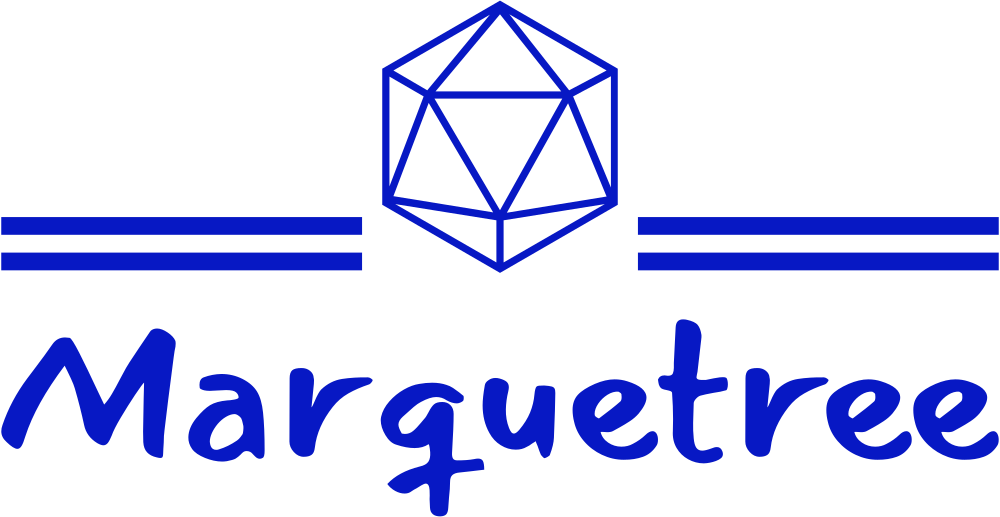I have been researching and writing on medical cannabis for years. Early on, I came to the realization that medical cannabis is not really a drug. It’s a plant harnessed for medicinal purposes. My epiphany led me to thoroughly research what it is about medical cannabis that makes it so attractive to so many people. In a phrase, it is what’s inside.
The cannabis plant has a variety of different parts including stem and leaves. It also comes in multiple varieties. Interestingly, it turns out that the entire plant isn’t harvested for its medicinal value. What growers, processors, and patients are really after are cannabinoids and terpenes. Both are chemical compounds found in cannabis plants.
The Big Two Cannabinoids
There are more than 100 cannabinoids and terpenes in cannabis plants. Cannabinoids alone number in the dozens. The ‘big two’ are tetrahydrocannabinol (THC) and cannabidiol (CBD). You may already be familiar with both. If not, THC is the cannabinoid associated with the intoxication marijuana is known for.
Note that not all medical cannabis products are designed to intoxicate patients. In fact, there are some products with limited intoxicating qualities. And then there is CBD, a cannabinoid with no intoxicating characteristics at all.
CBD is recommended to treat certain conditions for which THC may not be appropriate. Some people prefer CBD-based medicines because they want the relief medical cannabis offers but are not interested in THC’s intoxicating effects.
Medicine Takes Many Forms
Another interesting aspect of medical cannabis is that the actual medicines take a variety of forms. Patients looking for relief via THC can generally purchase unprocessed cannabis flower. But there is a caveat: most of the 39 states with legal medical cannabis programs do not allow smoking. The detrimental effects of smoking outweigh the possible benefits of using medical cannabis.
Utah is one such state. However, the people behind Utahmarijuana.org say that patients can still buy unprocessed flower for use in recipes or with a specialized device that heats the plant material without actually burning it.
Other medical cannabis forms include:
- Edible confections (gummies, candies, etc.)
- Traditional tablets and capsules
- Transdermal products (infused patches attached to the skin)
- Topical creams and lotions
- Waxes and resins
- Cannabis vapes
- Tinctures and concentrated oils
Although all the products in each of these categories are considered medical cannabis, they are not actually cannabis at all. They are products containing THC, CBD, or both. Many of them also include cannabis terpenes.
The Role Terpenes Play
If you are not familiar with terpenes, they are the chemical compounds in plant life that give flowers, trees, etc. their unique odors. Terpenes are also related to essential oils. As far as medical cannabis is concerned, limited research seems to indicate they could play a role in a medicine’s effectiveness.
There are no concrete clinical studies demonstrating as much – at least not yet. And yet that has not prevented processors from working on various cannabinoid-terpene profiles in the belief that certain combinations can be more beneficial for some patients dealing with specific symptoms.
Nearly Identical Plants
It is appropriate to close this post by briefly mentioning the fact that marijuana and hemp are both cannabis varieties. They are nearly identical plants with just one exception: THC content. Plants with more than 0.3% THC are marijuana; those with 0.3% or less are hemp.
Next time you hear someone talking about medical cannabis, understand that they aren’t referring to the entire plant being used as a drug. What medical cannabis patients really want are the plant’s cannabinoids and terpenes. They are the compounds that help make people feel better.
